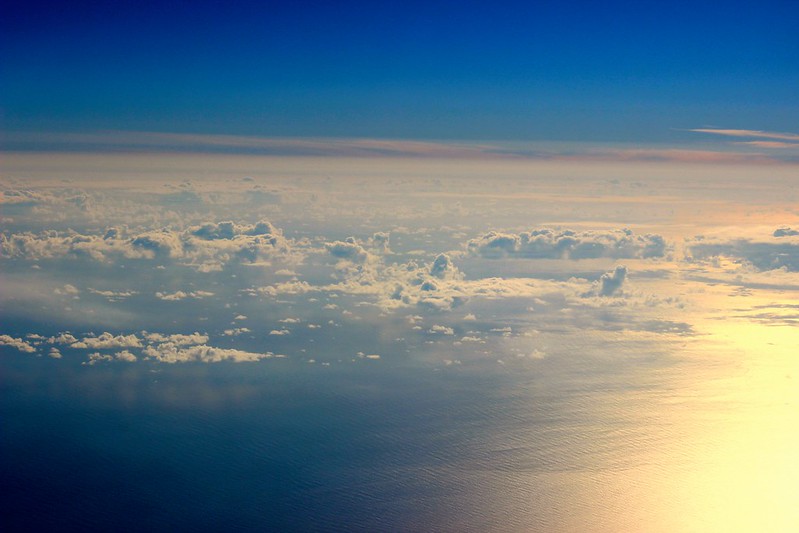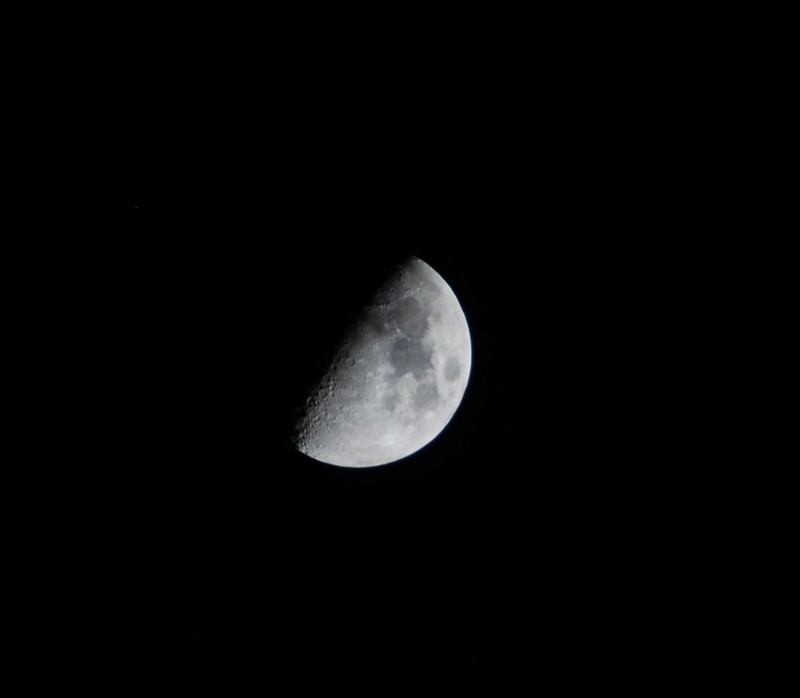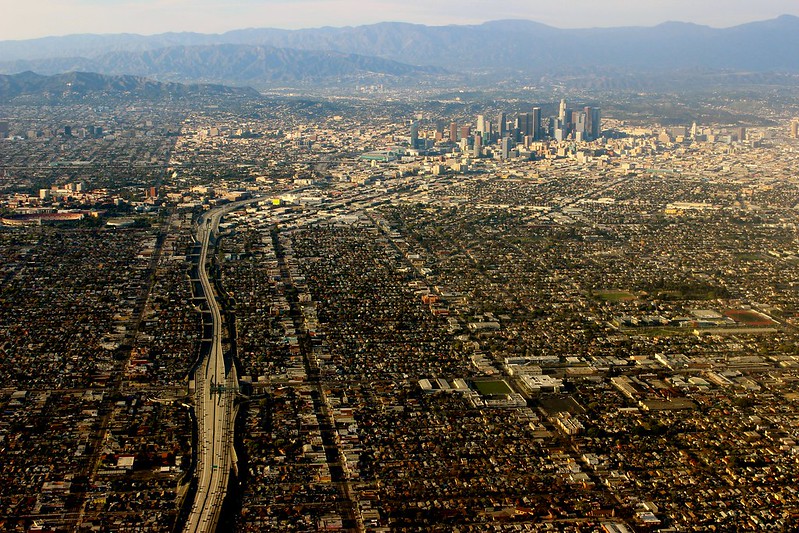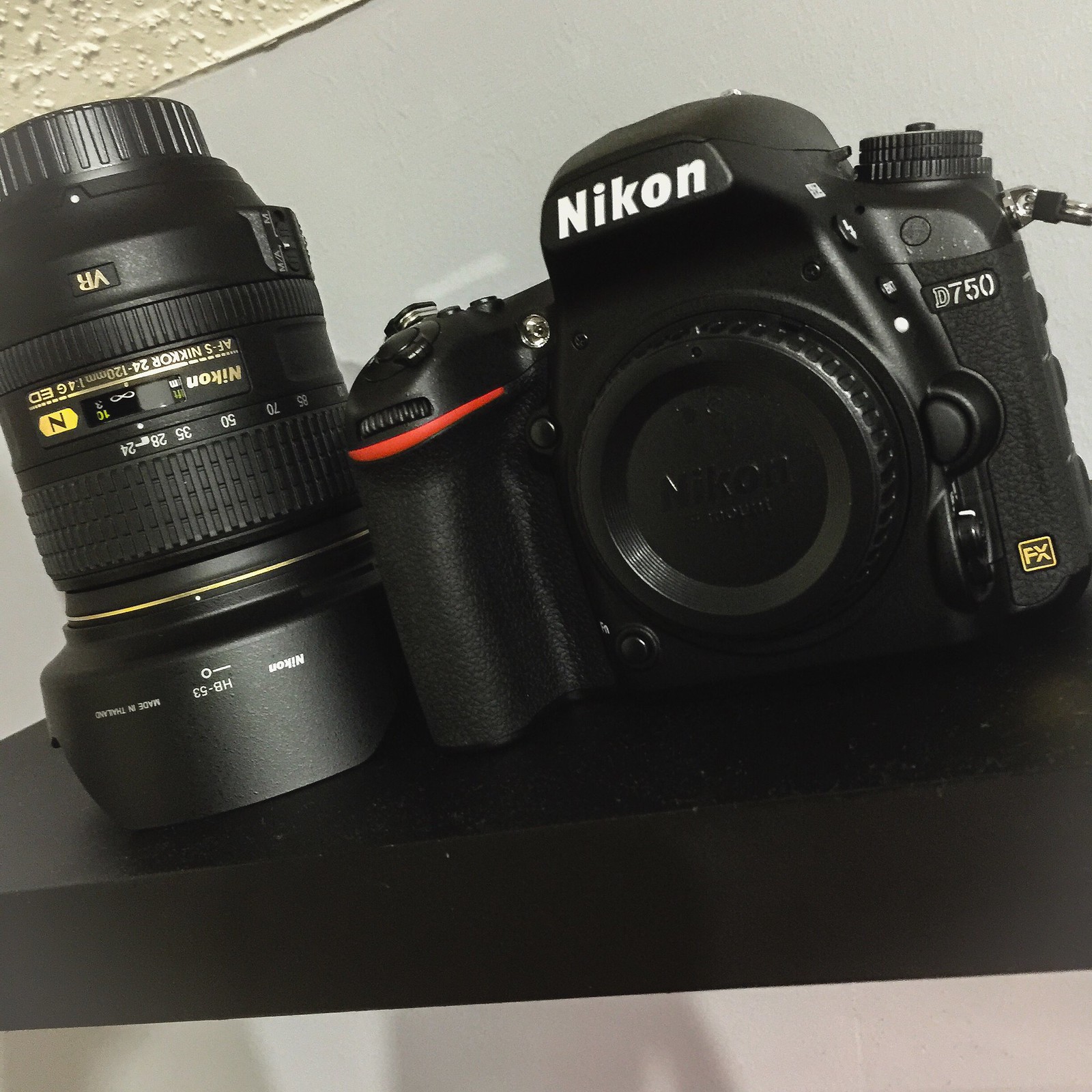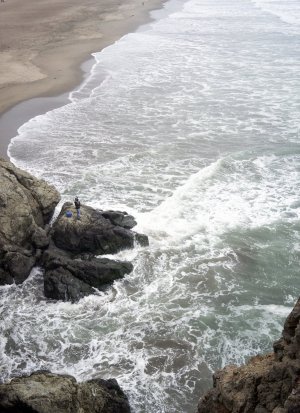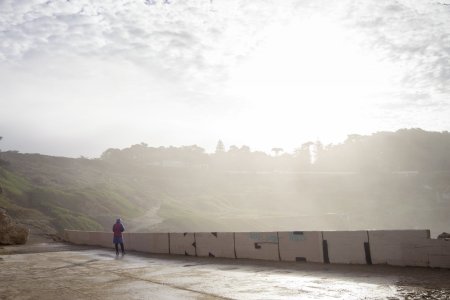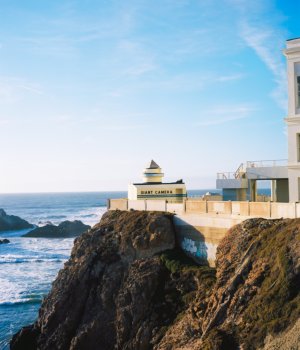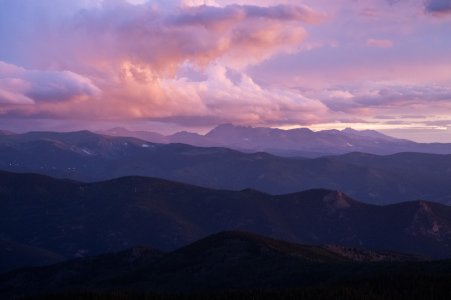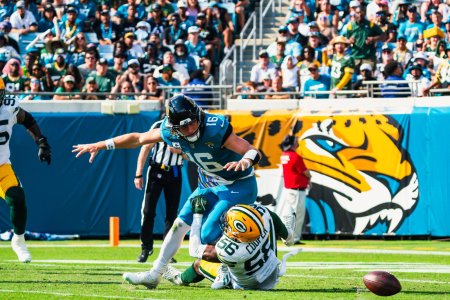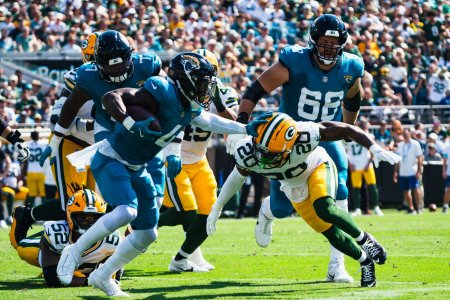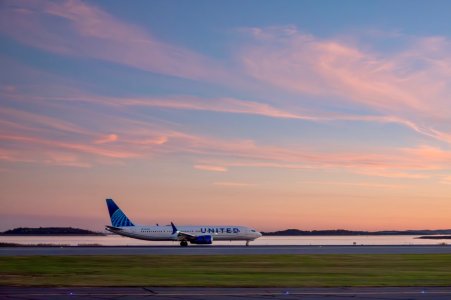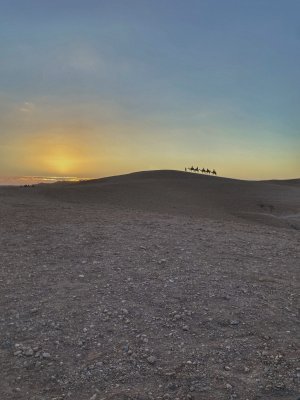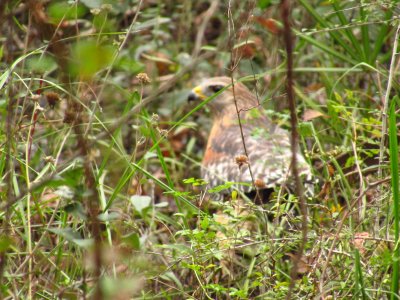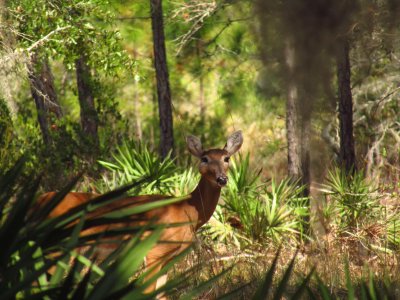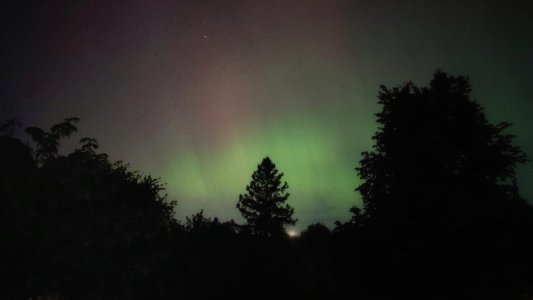- 6,589
- 2,164
[COLOR=#red]Yeah I bought my a6000 the first week it was released, think I payed $800 with the kit lens. But $800 is a bargain when you consider all the features, as a matter of fact I think from the perception perspective $800 retail price kind of hurt the camera, and that's because far less capable mirror less cameras and even some of the prosumer DSLRs cost more, and for some people a lesser price automatically means an inferior product.
a6000 does have a slight learning curve, it has so many options and configurations that it's initially overwhelming, but once you get accustomed to it, there are very few if any shooting situations that you wouldn't be prepared for. The key is using setting up the presets on the function button to your liking.
From landscape photography to ultra fast sports action (11fps with full autofocus and full 24mp resolution), this cam has you covered. Oh and the 1080p video at the 24p and using the 50 prime gives an AMAZING film look. [/COLOR]
a6000 does have a slight learning curve, it has so many options and configurations that it's initially overwhelming, but once you get accustomed to it, there are very few if any shooting situations that you wouldn't be prepared for. The key is using setting up the presets on the function button to your liking.
From landscape photography to ultra fast sports action (11fps with full autofocus and full 24mp resolution), this cam has you covered. Oh and the 1080p video at the 24p and using the 50 prime gives an AMAZING film look. [/COLOR]







